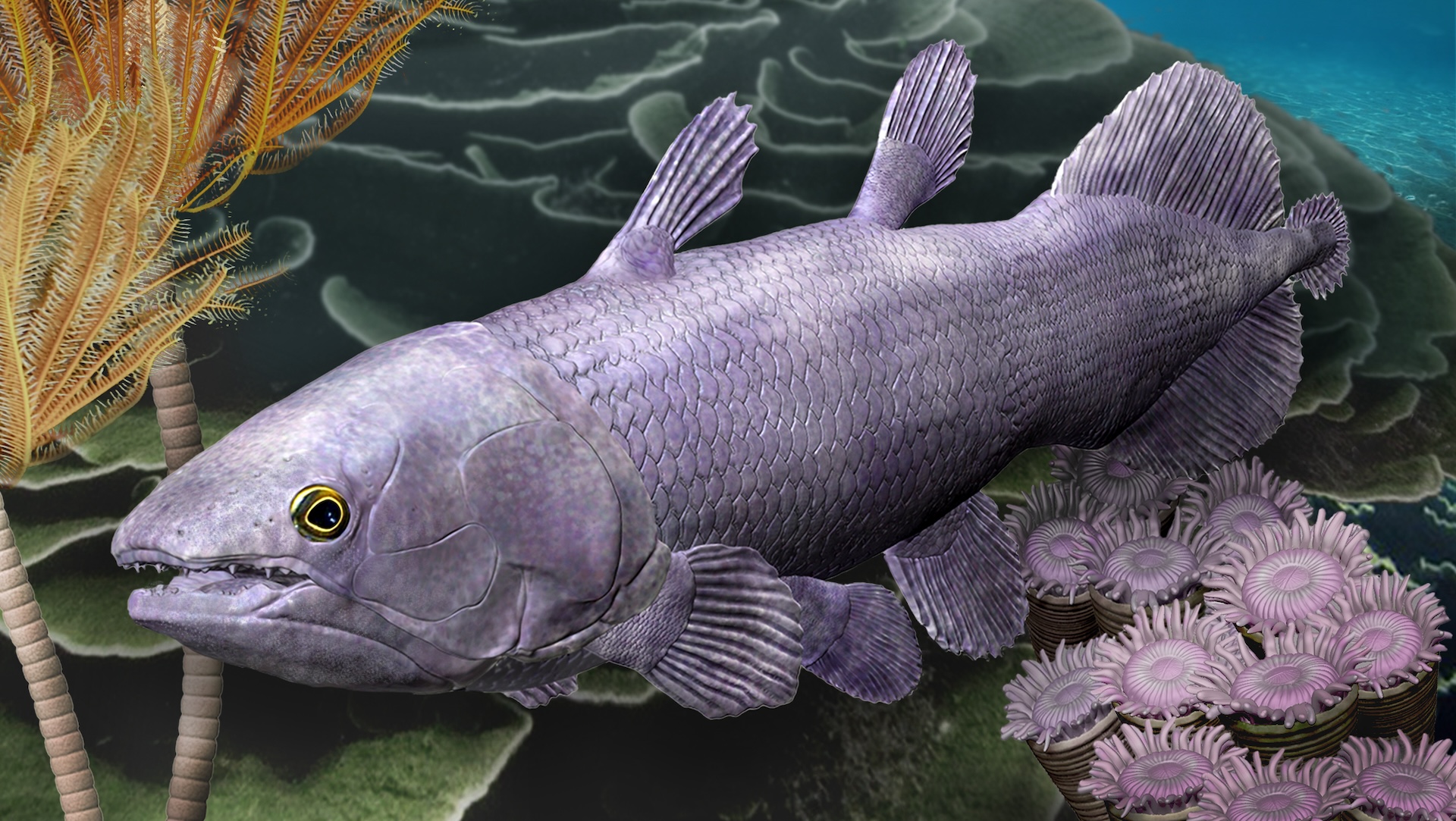Medicina, Vol. 59, Pages 1079: A Determination of p97/VCP (Valosin Containing Protein) and SVIP (Small VCP Interacting Protein) Expression Patterns in Human Testis
Medicina doi: 10.3390/medicina59061079
Authors: Akgül Arıcı Fikret Erdemir
Background and Objectives: The ubiquitin proteosome system (UPS) is a non-lysosomal pathway that functions in all eukaryotes. The transport of polyubiquitinated proteins to proteosomes takes place via the p97/Valosin-containing protein (VCP) chaperone protein. The p97/VCP binds to polyubiquitinated proteins, allowing these proteins to reach the proteasome and, thus, their destruction. In the case of p97/VCP deficiency, ubiquitinated proteins accumulate in the cell cytoplasm, and their subsequent failure to break down produces various pathological conditions. Small VCP interacting protein (SVIP) and p97/VCP proteins have not been studied in human testicular tissues from different postnatal periods. Therefore, in our study, we aimed to examine the expression of SVIP and p97/VCP in postnatal human testicular tissues. Our study aimed to contribute to further studies on the use of these proteins as testicular cell biomarkers in cases of unexplained male infertility. Materials and Methods: Immunohistochemical studies with the aim of determining the expression of p97/VCP and SVIP proteins in neonatal, prepubertal, pubertal, adult, and geriatric human testis tissues were performed. Results: In testicular sections obtained from a neonatal group, p97/VCP and SVIP were localized in different testicular and interstitial cells, and the lowest expression was observed in this group. While the expressions of these proteins were low in the neonatal period, they increased gradually in the prepubertal, pubertal and adult periods. The expression of p97/VCP and SVIP, which peaked in adulthood, showed a significant decrease in the geriatric period. Conclusions: As a result, the expression of p97/VCP and SVIP correlated with the increase in age, but it decreased significantly in older groups.

 1 year ago
44
1 year ago
44


